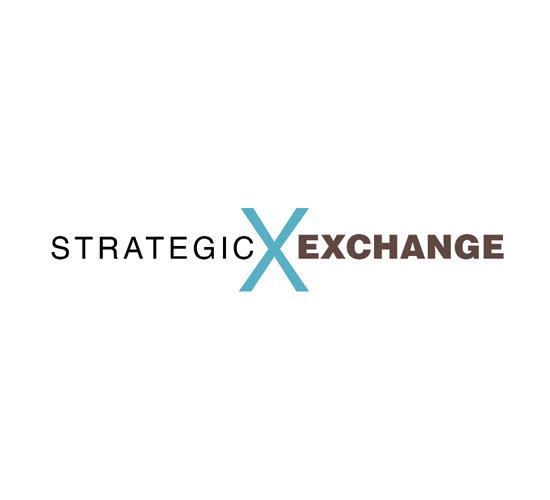Strategic Exchange: Rising prices are indicative of a variety of market dynamics - March 2021
By Kemp Harr
You may have noticed that most of the major floorcovering suppliers announced price increases the last week of February. Granted, we’re on the back side of the virus, but there are still issues getting factory workers to show up. Oil prices are up 28% since the first of the year, and international freight in some instances is double the normal rate.
And let’s not forget that Texas is where 80% of U.S. petrochemical production and over 50% of the nation’s natural gas comes from, so mid-February’s deep freeze is having a major impact on the availability of floorcovering raw materials. You’d be hard-pressed to name one flooring product that doesn’t have an ingredient or energy source that doesn’t pass through Texas.
Some of these hurdles could be behind us within a couple of months, but with residential flooring demand at such an elevated level, it could be a while before prices stabilize. When it comes to pricing, you have the short-term supply chain disruption and then the longer-term inflationary issues with the government pumping trillions of new dollars into the economy.
Another factor to consider is the balance of demand between the commercial and residential flooring sectors. In a healthy market, the commercial flooring market is roughly one-third of the business, and residential is two-thirds. And in most cases, the margins are better on commercial-grade flooring. Today, however, the higher-margin commercial business is sluggish, and the thinner-margin residential sector is stronger than we’ve seen in years. This is another driver for the recent wave of price increases in the residential sector.
If you are concerned that these recent price increases could temper demand among consumers, don’t be. Thanks to continued innovation and economies of scale in our consolidated market, the price of flooring over time has remained low and continues to offer a value to the consumer. The value perspective of those who live in the business every day is different from the typical consumer who only shops for flooring every seven to ten years. Granted, it’s a pain to reprice your showroom, but while you’re at it, give yourself a few margin points, as well. You know you’re worth it.
WHAT IS YOUR BUSINESS WORTH?
Let’s continue to pursue this topic of consolidation and value, but a more accurate word for this conversation is valuation. I’ve mentioned before in this column that we’re seeing more consolidation within the channel of retailers, contractors and distributors. The big-name aggregators are Interior Logic Group (ILG) and Artisan Design Group, which serve the homebuilder market; Diverzify, on the contractor side; and with distribution, it’s private equity firms like Blue Equity and Quad C.
For pure specialty retail, the barriers to entry are lower, and many of you are aware that all a young couple has to do is express an interest, fog a mirror and-Shazam!-one of the big suppliers will make them an aligned dealer and provide them extended terms on initial displays and inventory. That’s why a diverse mix of business that includes builder and commercial makes a dealer’s business more attractive and valuable when it comes to selling out. Certainly a strong local brand and a solid track record of earnings are required because that’s the “goodwill” that the buyer is seeking.
Retailers with no heirs to continue the family business, often wonder what they could get for it if they tried to sell it. There are plenty of variables, but we’ve heard that the going rate is a four to five multiple of EBITDA (earnings before income tax, depreciation and amortization). So if your business is healthy, well-established and diverse, and you earn $500,000 a year, you can expect to sell your business for $2 to $2.5 million.
You may have recently read that Blackstone agreed to buy ILG for $1.6 billion. This deal is expected to close in Q2 2021. ILG, based in Irvine, California, is a provider of flooring and other interior finishes for homebuilders. The company ranks number five on Floor Focus’ Top 100 Dealer list with an estimated $1 billion in flooring sales in 2020. According to ILG’s S1 filing, 74% of its revenue in 2019 came from flooring sales.
The surprising news is that this $1.6 billion price is thought to be in the neighborhood of ten times ILG’s earnings. That multiple will surely get the attention of large contractors and retailers looking to buy or sell in the near term. You may be wondering why you can only expect to get a four-multiple, and ILG got a ten-multiple. The answer is scale and footprint. ILG’s national network is now comprised of 110 design studios, 109 warehousing and logistics centers, and nine countertop fabrication facilities, from which the company serves approximately 285 metro markets, including 46 of the top 50 U.S. homebuilding markets. You have to have a national footprint to be that attractive.
There is no denying that the private equity firms that sold ILG to Blackstone got a big reward for pulling this group together into a national footprint. It’s encouraging to see the optimism for investment in the flooring sector. In fact, if you step back and look at the publicly traded flooring companies’ stock value, all of them are trading at or near their 52-week high, and a few of them are posting the best numbers they’ve seen in several years. It’s looking like the flooring business is a wise place to be from an investment standpoint.
If you have any comments about this month’s column, you can email me at kemp@floorfocus.com.
Copyright 2021 Floor Focus
Related Topics:LG Hausys, Artisan Design Group, RD Weis
